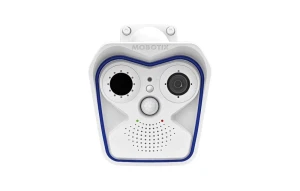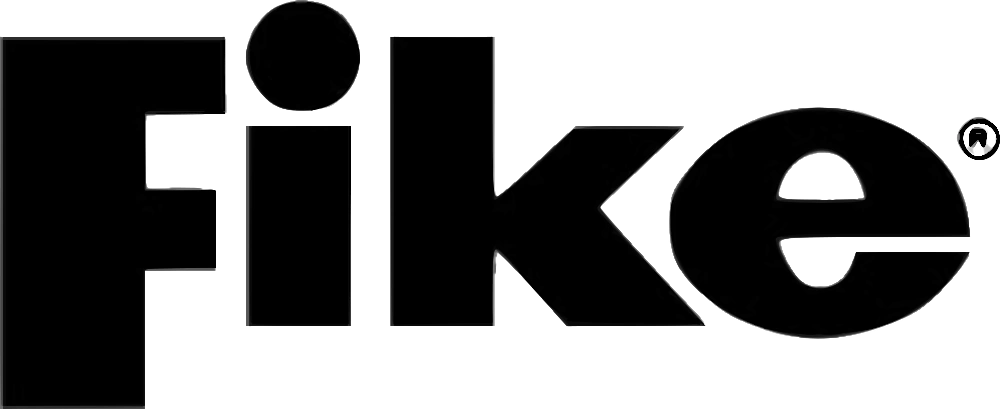Thermal imaging technology accurately identifies obscured hot spots or overheated equipment.
Offering both fire and explosion protection capabilities, thermal imaging technology accurately identifies obscured hot spots or overheated equipment and may activate connected systems to quickly mitigate potential hazards.
Thermal imaging technology cameras may be used to relay an alarm at predetermined temperatures or display live video feed of temperature distribution across a pieces of equipment, an indoor or outdoor area, or an entire manufacturing process.
This technology is applicable in areas susceptible to either or both fire and combustible dust hazards. In fire applications, thermal imaging technology may detect…
- an overheated engine, which could create a fire if reached by oil mist.
- the incipient stages of a fire buried under trash in a waste management facility.
- accurate historical temperature changes of engines or processing equipment over months or even years.
In combustible dust applications, thermal imaging technology may detect…
- an overheated conveyor bearing, which could ignite combustible materials such as coal or dry goods moving through a processing plant.
- hot spots found in the hopper or fan motor of dust collectors or other equipment that commonly handles combustible dust.
- belt slippage and other potential hazards found in a bucket elevator, which vertically transports combustible dusts such as grain, flour, fertilizer and more.
- self-heating materials that may been found in silos or other product storage containers
- any hot surfaces that are present in an area with combustible dust
Temperature Monitoring Regulations
Did you know temperature monitoring is found in both NFPA 652 and DNV GL’s F(M-P) notation?
NFPA 652 requires monitoring temperatures held below 112°F on heated external surfaces of process equipment as well as monitoring of bearings, bucket elevator head and boot areas, particulate size production equipment, blenders and drive fans where combustible dust is present.
DNV GL's latest notation F(M-P) provides guidance to increased prevention of fires in shipboard machinery spaces. Section 4.5.2.1 of the notation states “maximum allowed surface temperature in Category A machinery spaces shall be 150°C upon completion of installation or after maintenance, and 180°C during operation.”
Thermal radiometry technology may be used to accurately measure surface temperatures to ensure they are within NFPA and DNV GL guidelines.
Furthermore, these fixed cameras provide more consistent and accurate readings than handheld devices. This data is tracked historically to measure gradual or abrupt temperature increases, which could indicate required service of the equipment.
How Explosion Venting Works
Explosion venting, one of the most common and effective forms of explosion protection, offers overpressure protection from potential industrial explosion hazards by providing a planned pathway for the expanding gases to escape.




